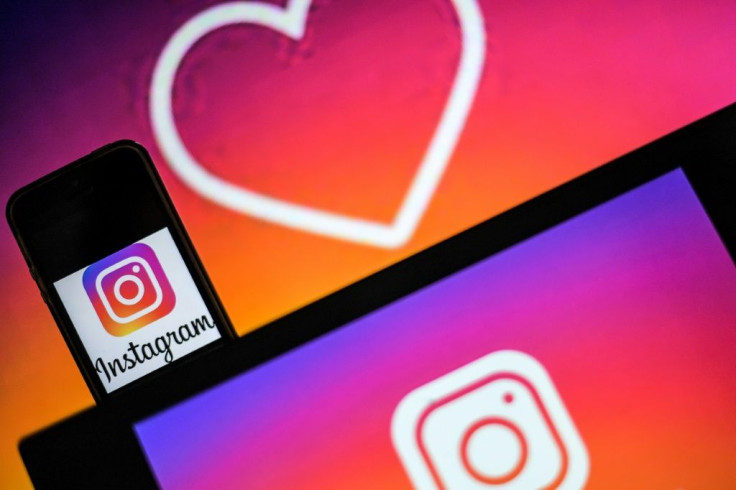Instagram Shopping Could Be Even Bigger Than Anticipated

Instagram has been pushing deeper and deeper into e-commerce over the last few years as the photo-sharing app has become the equivalent of a window-shopping app for some users. In March, the Facebook (NASDAQ:FB)company unveiled the beta version of Instagram Checkout, which allows users to buy merchandise from about two dozen retailers directly within the Instagram app. The checkout process is quick and easy; it's practically seamless compared to clicking through to a retailer's website and typing in payment information on a mobile device.
The introduction of Instagram Checkout led one analyst to predict shopping on Instagram would generate $10 billion in revenue for Facebook by 2021. But after several months of Instagram Checkout existing in the wild, it looks like shopping could be even bigger than anticipated.
Hey, big spenders
Deutsche Bank analysts recently conducted a survey of Instagram users to understand their Insta-shopping habits. "We found that the purchase frequency and purchase AOV [Average Order Value] are actually higher among Instagram shoppers than we originally anticipated," the analysts wrote.
Instagram Checkout is a key part of driving that engagement: 43% of respondents said they were either "very likely" or "somewhat likely" to purchase products using the new feature. The likelihood nearly doubles to 83% among users who've already used the feature when asked if they'd use it again.
It's worth noting that most Instagram users don't even know about Checkout -- 64% of respondents said they'd never heard of the feature. That may be in part due to the fact that it's still in beta and only has 23 retailers on board.
Instagram has taken steps to increase product discovery on its platform over the last few months, which should result in more shopping and engagement with Instagram Checkout. For example, the company added the ability for select influencers to add shoppable tags to their posts. Clicking on those tags takes a user to the product listing, potentially with the option to use Instagram Checkout to complete a purchase.
As Facebook improves the discoverability of shoppable posts and expands the number of retailers participating in Instagram Checkout, users will become more familiar with the feature. And with the early success of its current users, who are spending more per purchase and purchasing more frequently than anticipated, that should lead to a lot of shopping on the app.
How does Facebook benefit?
Facebook sees a direct benefit from sales made through Instagram Checkout. It charges sellers a small percentage fee to cover the costs of processing a transaction as well as leave a little left over to "help fund programs and products that help make Checkout possible," as a spokesperson put it when Instagram first introduced the feature. Theoretically, the product could be profitable at scale.
The bigger opportunity for Instagram is to improve its advertising business. If Checkout increases the percentage of people that actually buy an item after they see it, advertisers will pay more to get users to their product pages.
Moreover, Checkout allows Instagram to see and control the entire sales funnel from product discovery to purchase (and possibly even to when the user posts something about the purchase on Instagram). That level of detail will make advertisers more confident in the value of their advertising and make them willing to spend more. "If we can help people check out and pay for the products and even buy the products, it makes the consumer experience better and it also closes the loop on the data and measurement we're going to need going forward," COO Sheryl Sandberg said on Facebook's second-quarter earnings call.
Facebook has a massive opportunity to grow shopping on Instagram, and it appears it's already hit the mark with the Instagram Checkout product. That said, Sandberg noted, "We're not in a rush to scale this quickly. We're always focused on the consumer experience and we want to make sure we really get this right." When Facebook does open up the product more, however, it should result in a lot more shopping on Instagram than most investors anticipated just a few months ago.
Randi Zuckerberg, a former director of market development and spokeswoman for Facebook and sister to its CEO, Mark Zuckerberg, is a member of The Motley Fool's board of directors. Adam Levy owns shares of Facebook. The Motley Fool owns shares of and recommends Facebook. The Motley Fool has a disclosure policy.
This article originally appeared in The Motley Fool.





















